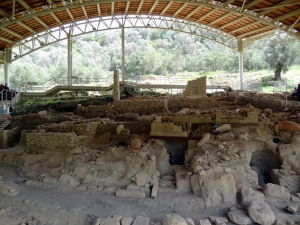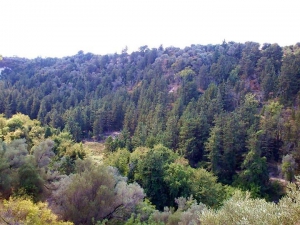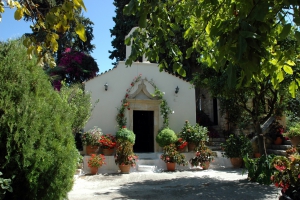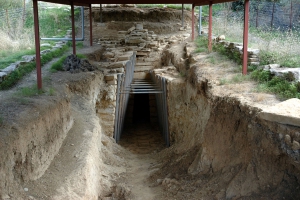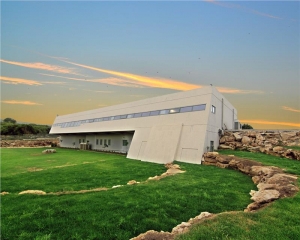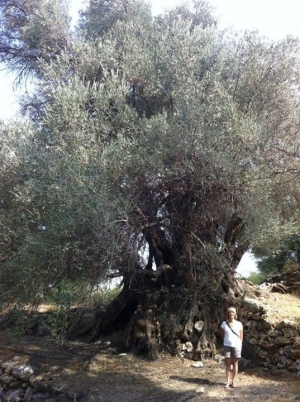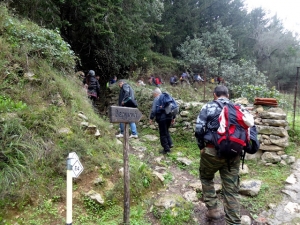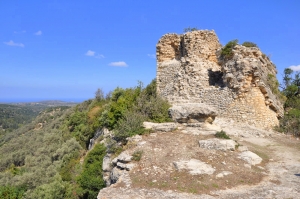Ancient Eleftherna is located 25km southeast of Rethymno, close to the Monastery of Arkadi. The town is the most important archaeological site in the prefecture of Rethymno, which has not fully been excavated and it is expected to give archaeologists many more discoveries. The first organized excavations here started in 1985 by the University of Crete.
Margarites is a village, well known for its marvelous architecture and the traditional pottery. However, in the wider area of the villages of Margarites, Orthe and Eleftherna appear a series of small, parallel gorges. Small streams such as Margaritianos flow towards the north and are tributaries of the Geropotamos River. The gorges are developed in white-yellow marly limestone of the Upper Miocene period (8-10 million years ago) as a result of the uplift of the whole area and the erosion by water.
The monastery is located in the village Margarites, 30km south of Rethymno, and was built in the late 15th - early 16th century. It is a dependency of the Monastery of Karakalou at Athos. Its founder belonged to the Venetian family Dandolo. In front of the beautiful gate, there is a tomb embossed with the crest of Dandolo, preserved in very good condition till today.
Near the village Margarites we meet is a Late Minoan tomb of 1350 BC, which is considered one of the most important sites of the area. An aisle with carved stones leads to a circular domed tomb. Inside it, the bones of four adults and two children were found. From the findings, it seems that they came from higher social and religious level.
The Museum of Ancient Eleftherna is the first museum inside and archaeological site in Crete, as it is located next to the ancient city of Eleftherna. The three halls of the museum host the whole history of Eleftherna from 3000 BC city to 1300 AD with everyday objects and artworks.
The olive tree has been declared by the Association of Cretan Olive Municipalities as a natural monument due to its size, shape and relief trunk. The name of the site is Gre Ele which means Old Olive and refers to this tree. Its variety is throumboelia and is grafted on a rootstock of a wild olive tree. It is estimated to have been planted in 650-500BC and is located very close to the archaeological site of Eleftherna.
This part of the E4 trail starts from the historical monastery of Arkadi, heads to antiquities of the ancient town Eleftherna and then concludes at the village Margarites. The highlights of the route include the monastery of Arkadi, the ancient necropolis and the Roman cisterns in Eleftherna and the traditional houses of Margarites.
At position Pyrgi of ancient Eleftherna town, located 24km east of Rethymnon, there are the ruins of a fortified tower. This tower was built before the Roman period so as to protect the unique entrance to the ancient town of Eleftherna.
- 1
- 2

































